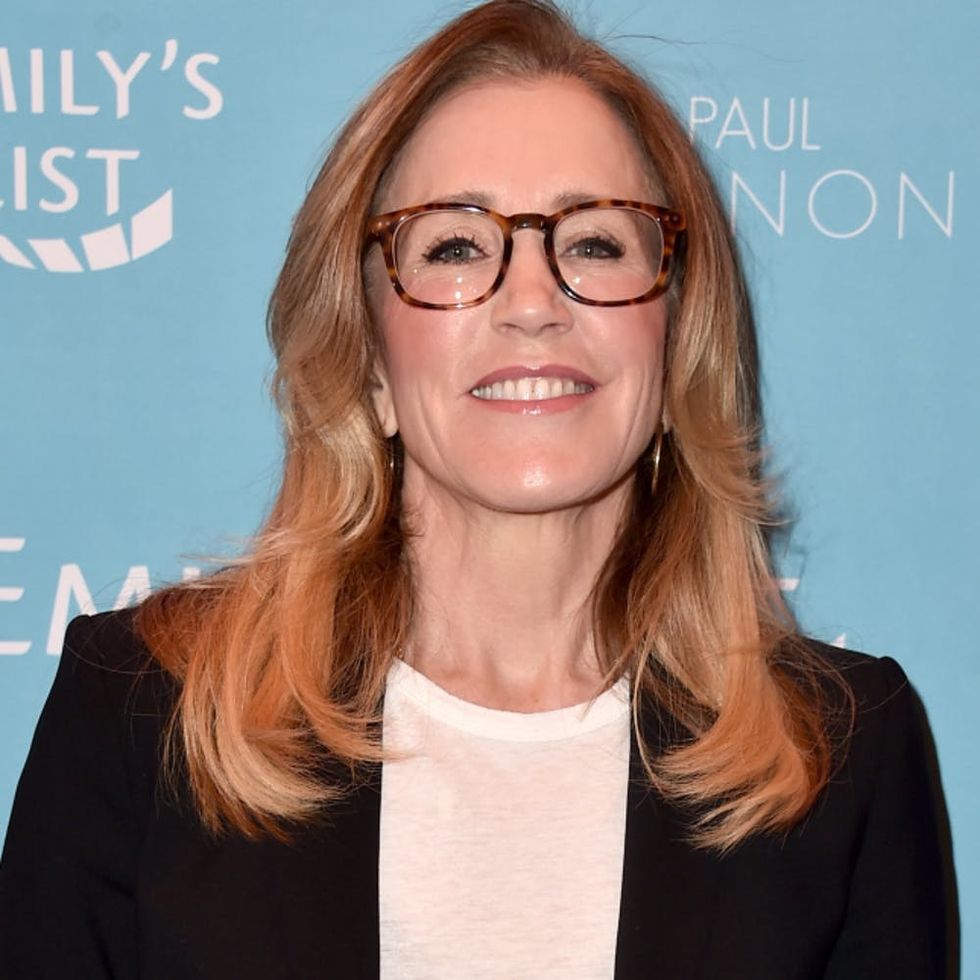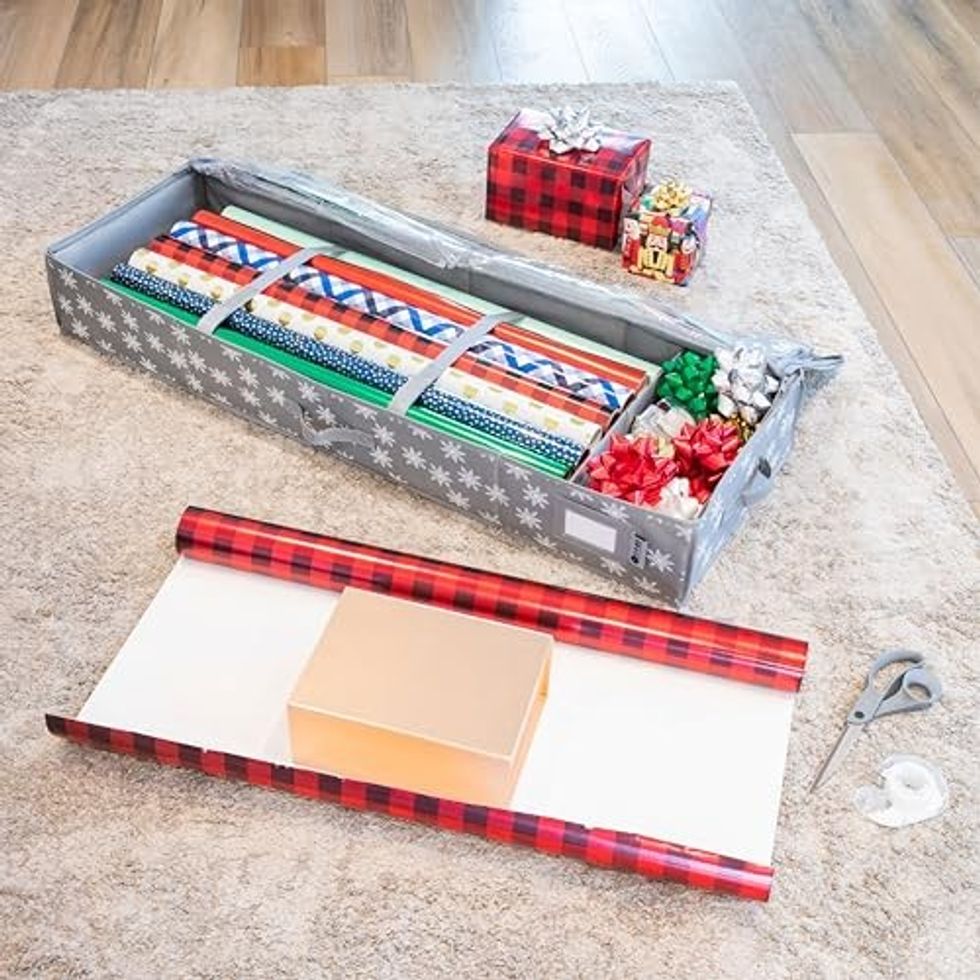The case just shows how wealth and power remain concentrated in select circles.
The Lori Loughlin and Felicity Huffman Fraud Scandal Is a Parable About Wealth Inequality in America

Actresses Felicity Huffman and Lori Loughlin were among dozens charged Tuesday, March 12, in a scheme that involved wealthy parents allegedly paying bribes to get their children into elite colleges. Huffman (who starred in Desperate Housewives, among other shows and movies)has been arrested, and an arrest warrant has been issued for Loughlin (best known for her role as Aunt Becky on Full House and Fuller House). Both have been charged with conspiracy to commit mail fraud and honest services fraud, according to paperwork filed in a Massachusetts federal court.
Along with the actresses, other parents, school coaches, and administrators were among the 50 individuals charged with allegedly accepting or paying large sums of money (up to $6 million dollars) to help secure student acceptance into prestigious schools including Yale, the University of Southern California, and Stanford. As the investigation unfolds, more people may be charged.
While it might seem surprising to some that high-profile celebrities would feel the need to bribe their children’s way into college, others point to the story as just one example of the direct relationship between wealth and education access in America. The nation’s elite private school system remains one where America’s wealthiest families have legally and openly benefited via family legacy admissions, to say nothing of costly private prep school educations and specialized tutors.

For many students and their families, higher education is considered a public good — that is, a system that helps uplift Americans reaching for their own American dream. But with a for-profit system in place, post-secondary institutions have become privatized corporations. When degrees turn into commodities, it makes sense that they would become available for purchase — legally or otherwise — by those who have the means.
Journalist and Princeton grad Bryan Walsh aimed to expose this process in a Medium essay titled “The Dirty Secret of Elite College Admissions.” After asking readers to imagine themselves as young Princeton hopefuls, Walsh wrote, “What would you say if I told you there was a simple way to improve your SAT scores by 160 points? What if I told you there was a way to increase your chances of getting into Harvard by five times? You’d be interested. There’s just one catch — you can’t do anything to earn these advantages. You have to be born with them.”
Walsh explained that even students with perfect SAT scores, diverse extracurricular activities, and strong entrance essays are often overlooked at Princeton (and other elite schools) because the school, simply put, favors the children (and grandchildren) of graduates.
A 2017 analysis of the admissions outcomes of 15,402 legacy applicants who graduated high school between 2014 and 2017, across the 64 institutions that had 100 or more legacy applicants within each year, paints a clearer picture. Inside Higher Education reports that the study found the average acceptance rate among these legacy applicants was 31 percentage points higher than the colleges’ published acceptance rate for all students. All told, the acceptance rate for legacy applicants was above average for 52 of the 64 institutions.
On the flip side, the Washington Post notes that while community and state colleges enroll 80 percent of all post-secondary students, the funding they receive is painfully low, causing an even bigger gap in educational outcomes between elite and state schools.

This doesn’t mean that student groups haven’t been pushing back, however. In 2016, ProPublica reported that on-campus student groups at a dozen elite schools had been organizing to dismantle legacy admissions. The magazine also noted a 2016 Gallup poll that found that 52 percent of respondents opposed legacy admissions.
Beyond legacy enrollment, it has long been an open secret that wealthy Americans could use their bank accounts to help sway favorable admissions outcomes via, for instance, expensive charitable donations. Stories of this practice are so ingrained into American culture, there are movies and television episodes devoted to it.
Loughlin and her husband, clothing designer Mossimo Giannulli, allegedly “donated” $500,000 to USC in order to secure spots for both of their daughters on the USC crew team, despite the fact that neither girl rowed at an elite level. Huffman, on the other hand, allegedly “donated” $15,000 in order for her eldest daughter to have more time to write an entrance exam and to have the exam pre-edited by a proctor before submission. She reportedly declined the offer to do the same with her younger child.
The 2006 book The Price of Admission, by author and journalist Daniel Golden, suggests that the children of America’s ultra rich have been bypassing standard application processes for decades. One well-known example Golden gives is President Trump’s now-adviser and son-in-law Jared Kushner, who Golden writes was a below-average student admitted to Harvard after his father pledged $2.5 million dollars to the school.
The indicted parents in this week’s fraud case were described as “a catalog of wealth and privilege” by Andrew Lelling, the US attorney for Massachusetts, during a press conference Tuesday morning. “This case is about the widening corruption of elite college admissions through the steady application of wealth combined with fraud,” he said. “There can be no separate college admission system for the wealthy, and I’ll add that there will not be a separate criminal justice system either…For every student admitted through fraud, an honest, genuinely talented student was rejected.”
(Photos by Alberto E. Rodriguez and Tibrina Hobkins/Getty)


































































































































































